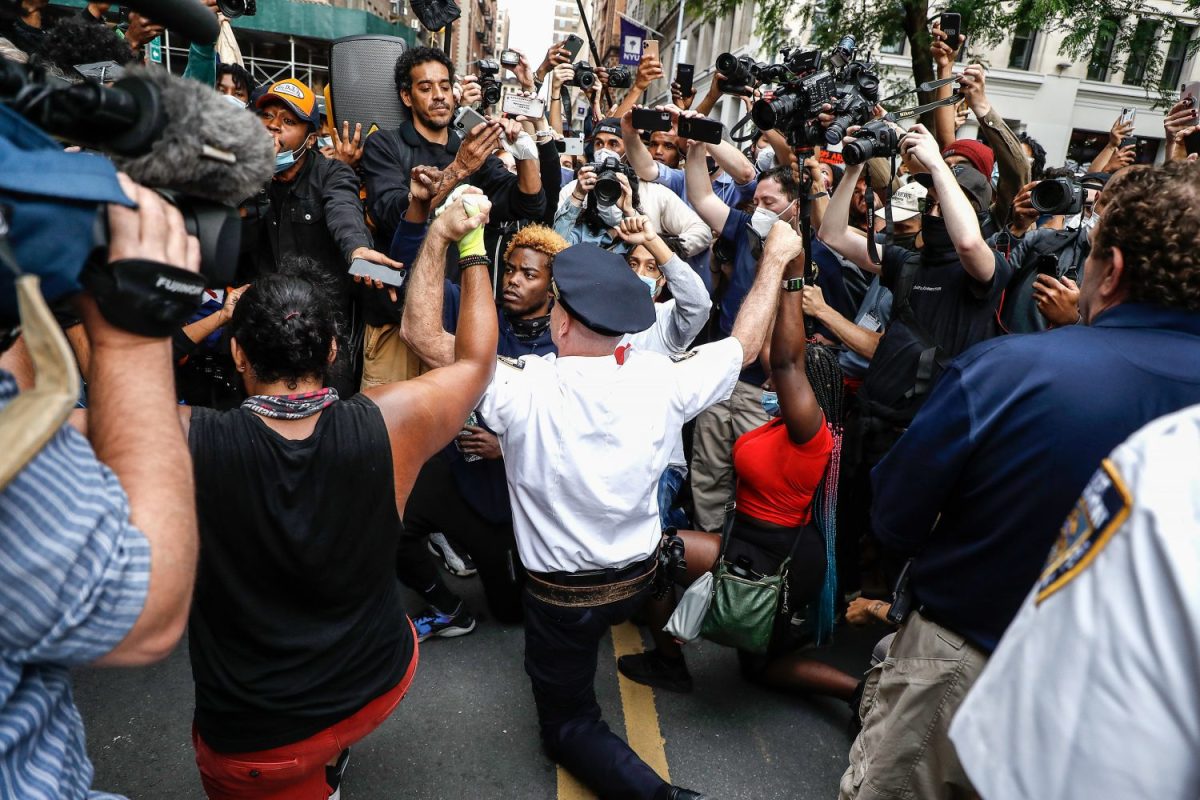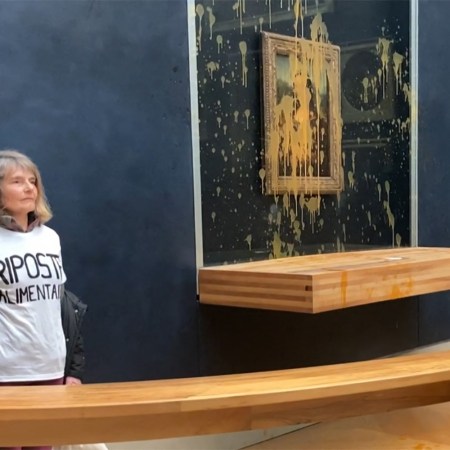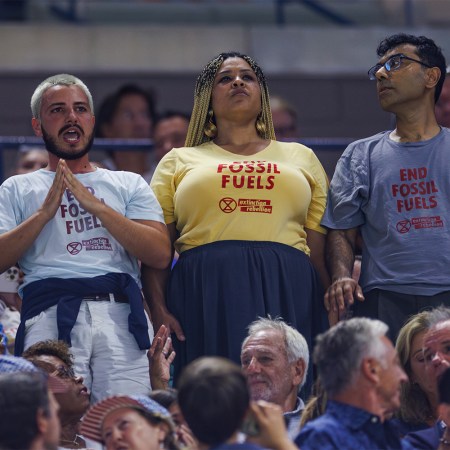Historical and statistical evidence suggests that de-escalating the use of force keeps both police and protesters safer, as reported by FiveThirtyEight and The Marshall Project.
While the article admit that it’s “tough to study” these interactions — context, the level of protester organization and even the area of protest itself can offer different viewpoints and conclusions — there is over 50 years of research on the subject, dating back to three federal commissions formed between 1967 and 1970.
While there’s no one process that fits all potentially volatile situations, FiveThirtyEight suggests that “escalating force by police leads to more violence, not less. It tends to create feedback loops, where protesters escalate against police, police escalate even further, and both sides become increasingly angry and afraid.”
One number they were able to use: The Kerner Commission, formed in 1967 in response to urban riots, found that “police action was pivotal in starting half of the 24 riots the commission studied in detail,” and recommended the discontinuation of “abrasive policing tactics” while also suggesting cities find a better way to handle complaints against police.
A few other findings:
- De-escalation was actually a fairly normal method of riot control in the latter half of the 20th century, but violent protests at the WTO meetings in Seattle in 1999 led to a change of heart.
- One success story to emulate arrives from Berlin, where police use different speakers (sometimes with different dialects or languages) to make announcements to the crowd.
- “The Madison Model,” created by former Madison, WI chief of police David Couper, is another de-escalation model worth studying. It involves officers talking directly and empathizing with demonstrators.
Some police veterans have concerns with these de-escalation methods, however. Anthony Batts, who led police departments in Long Beach, Oakland and Baltimore, told FiveThirtyEight that events like fires and police retreats “inspire” crowds and the Madison model makes crowds “go ballistic.”
The most important lesson, however, might be one that’s not currently available. Essentially, there has to be some sort of positive relationship between the two sides before a clash even begins.
“Trying to find folks at the last minute that you can put out there in soft clothes and talk to people, frankly and in my opinion, wouldn’t work that well,” says James Ginger, a veteran police monitor. “You’ve got to till the soil before you can grow the beans.”
Subscribe here for our free daily newsletter.
Thanks for reading InsideHook. Sign up for our daily newsletter and be in the know.


















